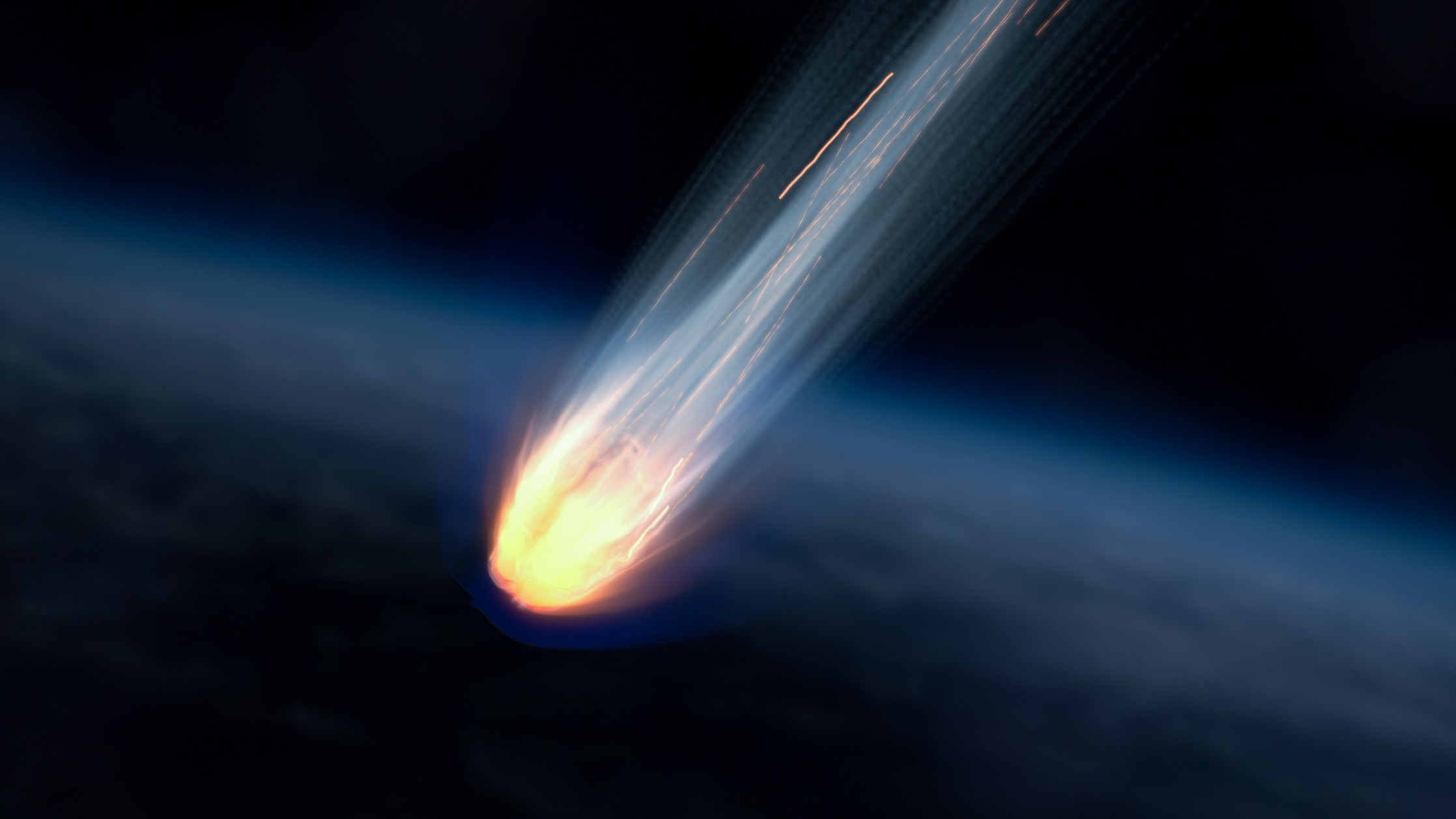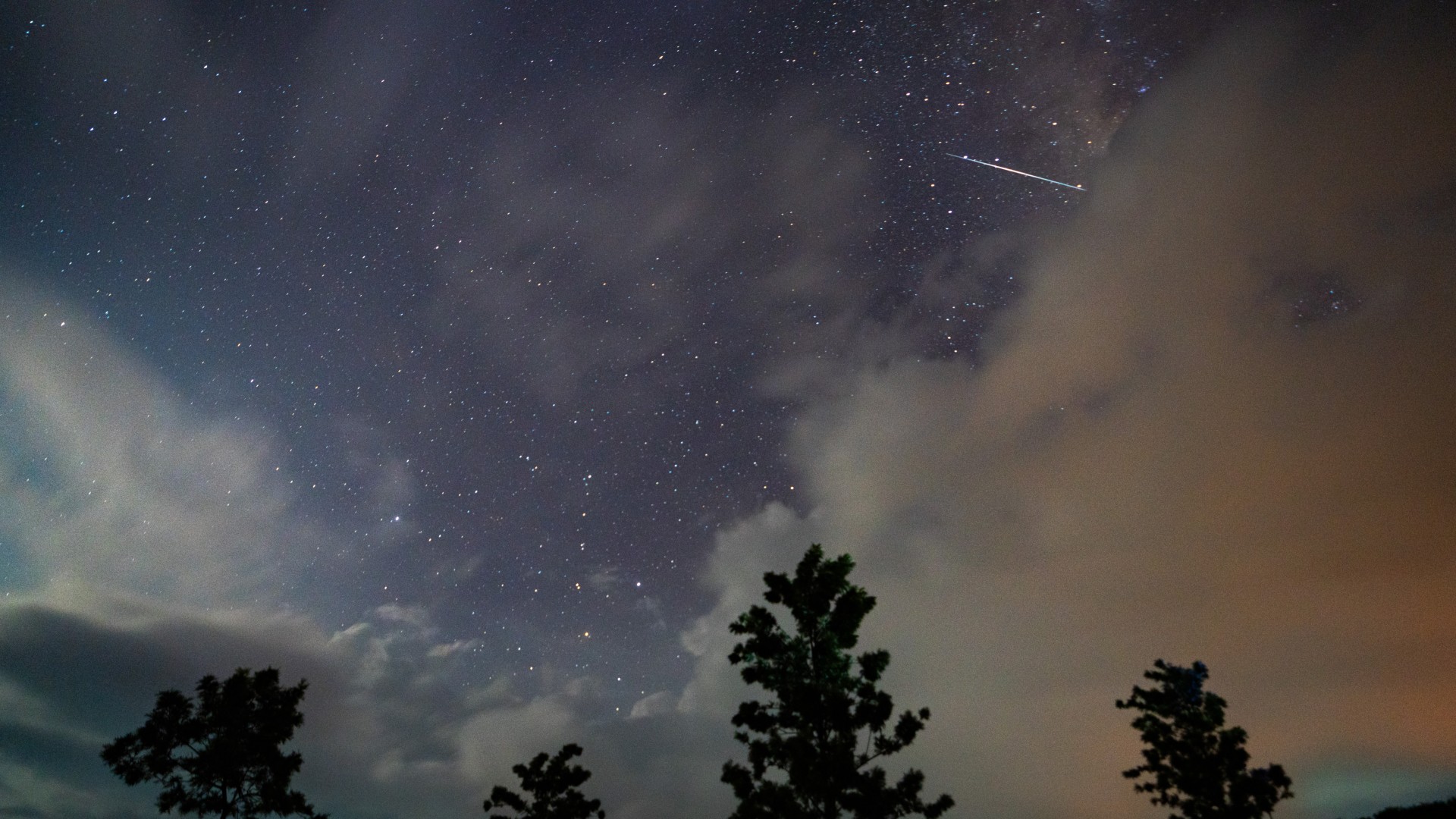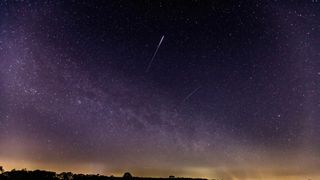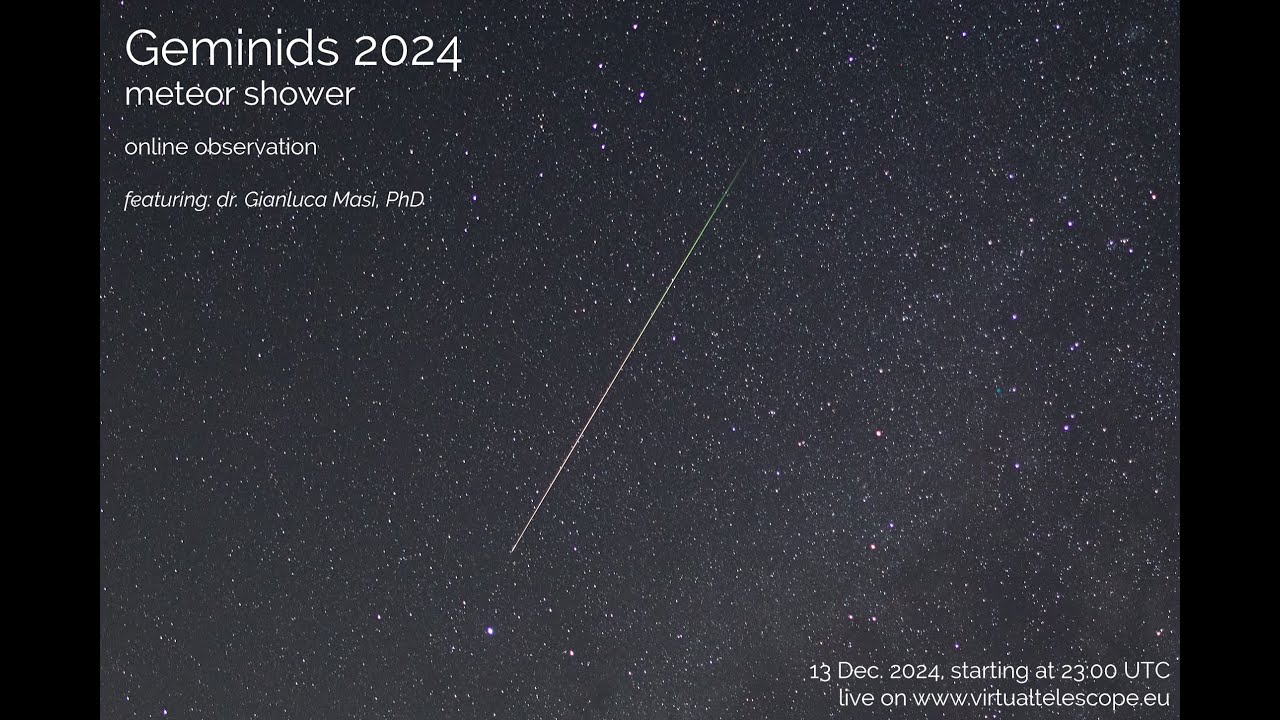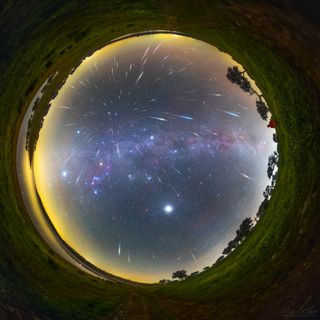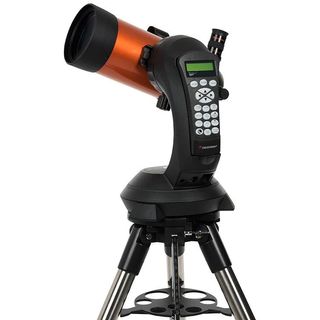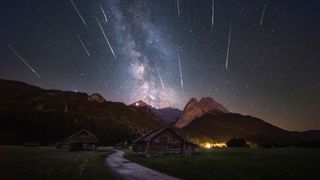Residents of Maoming, China were treated to a celestial light show earlier this week when a surprise fireball burst to life overhead, illuminating the city before disappearing in an intense flare of light. The fireball burned up over the southern Chinese province of Guangdong at 9:33 p.m. local time on May 28, according to multiple dashcam videos that have circulated online in the wake of the event. The videos show the meteor make a dramatic 5-second journey through the night sky, during which it changed color from a pale green-blue…
Read MoreTag: Meteors & Meteor Showers
The Eta Aquarid meteor shower peaks May 6. Here’s what to expect from the ‘crumbs’ of Halley’s Comet
Among the top 10 meteor showers appearing annually, one of the best will be reaching its peak on Tuesday morning (May 6). The Eta Aquarid shower ranks among the top four in terms of overall activity. Because the meteors appear to emanate from a spot on the sky (called the “radiant”) in the Water Jar of the Aquarius constellation — hence the name “Aquarids” — their visibility favors prospective skywatchers south of the equator. Indeed, for those living in the Southern Hemisphere (Santiago, Johannesburg Melbourne, Auckland), the Eta Aquarid radiant…
Read MoreLyrid meteor shower 2025 peaks this month: Could we be in for a surprise outburst this year?
After a lull of some three and a half months, enthusiasts who watch the night sky specifically for “shooting” or “falling” stars will have something to look forward to this month. It will be the return of a faithful meteor shower, recognized as one of, if not the oldest known meteor display: the Lyrid meteors. While there are many dozens of meteor showers that occur during the course of the year, only ten are recognized as the ‘principal’ or very best meteor displays. The last such shower to take place…
Read MoreSee the best Geminid meteor shower 2024 photos from around the world
The Geminid meteor shower put on a dazzling show this week, delighting skywatchers worldwide. The Geminids are one of the most prolific showers of the year, known for bright, colorful meteors and impressive hourly rates. This year, despite the almost full moon, they lived up to their reputation. We’ve rounded up some of the most jaw-dropping Geminid photos from around the world, showcasing the true beauty of this famous shower. So sit back, relax, and immerse yourself in the wonder of the Geminid meteor shower 2024. Night sky live (Image…
Read MoreHow to watch the Geminid meteor shower 2024 live online tonight (Dec. 13)
2024 Geminid Meteor shower: online observation – 13 Dec. 2024 – YouTube Watch On The Geminid meteor shower peaks tonight (Dec. 13) but if you’re unable to catch the prolific shower in person, you can still enjoy this spectacular event from the comfort of your home. Astronomer Gianluca Masi of the Virtual Telescope Project is offering a free livestream of the Geminid meteor shower on Dec. 13, starting at 6:00 p.m. EST (2300 GMT), weather permitting. You can watch all the action unfold here on Space.com courtesy of the Virtual…
Read MoreGeminid meteor shower fills the sky with ‘shooting stars’ in spectacular time-lapse photos
Miguel Claro is a professional photographer, author and science communicator based in Lisbon, Portugal, who creates spectacular images of the night sky. As a European Southern Observatory Photo Ambassador and member of The World At Night and the official astrophotographer of the Dark Sky Alqueva Reserve, he specializes in astronomical “Skyscapes” that connect both Earth and the night sky. This image of the Geminid meteor shower is the result of a fair amount of work consisting of aligning stars aligning and combining ten folders that each contained hundreds of gigabytes…
Read MoreGeminid meteor shower peaks this week: Here’s what to expect from the last big meteor shower of the year
The Geminid meteor shower is one of the most prolific annual meteor showers, impressing skywatchers year after year. It is possible to see up to 120 meteors per hour under dark conditions when the Geminids peak each year. Unfortunately for skywatchers this year, the almost full moon could interfere with shooting star-hunting efforts when the Geminid meteor shower peaks overnight on Dec.13 -14. But while the moonlight will wash out the fainter meteors, it’ll still be possible to see some of the bigger and brighter meteors, so it’s definitely worth…
Read MoreGeminid meteor shower peaks Dec. 13 alongside a bright moon. Here’s how to see it
This week brings us what usually is considered to be the most satisfying of all the annual meteor displays, even surpassing the famous Perseids of August: December’s Geminid meteor shower. But as was the case with last month’s Leonid Meteors, prospective sky watchers should be aware that once again you will be facing a major obstacle in your attempt to observe this year’s Geminid performance, namely, the moon. Unfortunately, as luck would have it, 2024 will see the moon turn full on Dec. 15 and as such will seriously hamper,…
Read MorePerseid meteor shower returns to our skies this month to kick off summer ‘shooting star’ season
Anyone gazing at the summer night sky for even a short length of time is likely to spot a few “shooting stars” darting across the sky. The best meteor display of the summer comes during the second week of August during the annual Perseid meteor shower which, at its peak around the nights of Aug. 11 and 12, is capable of producing 50 to 100 fast, bright meteors per hour for a single observer. Many flaring meteors with trains are seen under good skies. 2024 will be a very good…
Read MoreThe Quadrantid meteor shower 2024 peaks tonight alongside a bright moon
Early each January, the Quadrantid meteor stream provides one of the most intense annual meteor displays, with a brief, sharp maximum lasting only a few hours. The Quadrantid meteor shower actually radiate from the northeast corner of the constellation of Boötes, the Herdsman, so we might expect them to be called the “Boötids.” But back in the late-18th century there was a constellation here called “Quadrans Muralis,” the “Mural or Wall Quadrant” (an astronomical instrument). Quadrans Muralis is a long-obsolete star pattern, invented in 1795 by J.J. Lalande to commemorate…
Read More